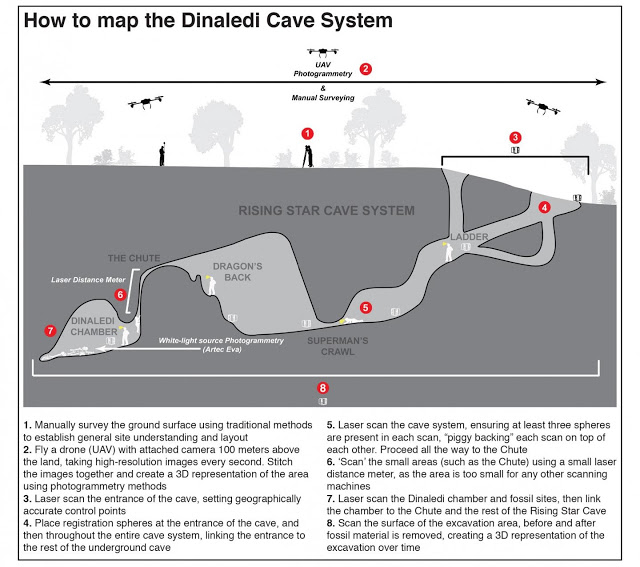At https://archaeologynewsnetwork.blogspot.co.uk/2016/06/indus-valley-civil… … begins by telling us 'climate change' was probably not the sole reason for the collapse of the Harappan civilisation in the Indus-Chaggar-Hakra river valleys of India and Pakistan. The new study says the inhabitants did not give up and roll over as they appear to have adapted to cereal crops such as the millets which are more drought resistant. Anindya Sarkar is quite specific about this point and it appears that the abandonment of sites such as Harappa may have other causes – not fully outlined (in the abstract). There is also the possibility that C14 dates in NW India have not been compromised by calibration with tree ring data and therefore the date of the abandonment of towns and villages may differ to dates secured elsewhere in other parts of the world.
Sarkar goes on to say that pottery has been dated by the thermoluminence methodology and this has taken it back in date to 6000 years ago (around 4000BC). This is about the same time as Neolithic people arrived in eastern Britain having migrated over a long distance across the North German Plain. Is there a connection? The pre-Harappa phase goes back to 8000 years ago – in the aftermath of the 6200BC event, an earlier period with evidence of climate oscillation. The fact that Indian archaeology ties in with changes elsewhere in the world at roughly the same point in time seems to be significant – but unrecognised by mainstream theorists.
At https://archaeologynewsnetwork.blogspot.co.uk/2016/06/evidence-of-roman-… … a Roman fort has been discovered near Lancaster presumably designed to thwart invasion from the sea. In the 4th century Roman Britannia had many prblems with invasion and immigration from across the sea – in this instance presumably from the Irish (or others active in the region). These episodes appear to resemble the later Viking raids and beset all the coastlines of Britannia. Similar stone forts were erected along the southern and eastern shores, the so called Saxon Shore defensive system.
At https://archaeologynewsnetwork.blogspot.co.uk/2016/05/neolithic-pottery-… … Chinese pottery decorated with drawing of sunl like symbols, what is thought to be the moon and constellations, as well as cometary symbols, goes back 5000 years to the Chinese Neolithic (around 3000BC). For some reason the author claims there is a link between the stars (and astronomy) and agricultural planting seasons (somewhat far fetched but dragged out endlessly for lack of an adequate explanation) but quite how comets fit into this is anyone's guess.
Finally, at https://archaeologynewsnetwork.blogspot.co.uk/2016/05/high-tech-3d-mappi… … brings you back to the Rising Star cave in South Africa where 1500 Homo Naledi fossil bones were found – see diagram of cave complex

